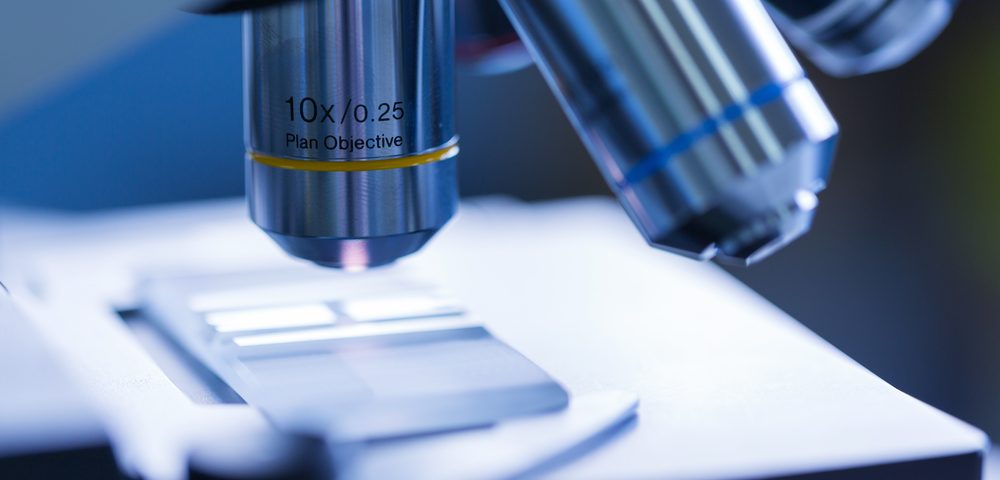Combining imaging and mathematics, researchers at University of Michigan Health System have developed a method to distinguish aggressive breast cancer tumors from less aggressive or benign tumors at diagnosis.
The findings will likely save thousands of women from the side effects of unneccessary aggressive cancer treatments.
In a news release, study author Howard R. Petty, professor of ophthalmology and visual sciences and of microbiology and immunology at the University of Michigan, said patients with ductal carcinoma in situ (the earliest form of breast cancer) is typically and sometimes understandably, treated as if she has invasive disease.
“When women hear breast cancer, they’re petrified. And physicians are keenly concerned about outcomes as well,” Petty said. “But DCIS is not the same disease for everyone. If we can identify potentially non-aggressive lesions, perhaps those women don’t need aggressive treatment.”
Combining microscopy of tumor tissue with mathematical analyses, the study “Identification of lesion subtypes in biopsies of ductal carcinoma in situ of the breast using biomarker ratio imaging microscopy,” published in the journal Scientific Reports, describes the new method called BRIM (biomarker ratio imaging microscopy.)
Petty, with Dr. Andrea J. Clark, examined tumor samples from 23 patients with early stage breast cancer. First, they stained the tissue with fluorescent dyes of different colors to differentiate breast cancer biomarkers. Then, a computer program analyzed the microscopy images providing researcher with a ratio of different biomarkers in each pixel.
Because some biomarkers indicate that the cancer will become aggressive and some are linked to other tumor characteristics, the method improved the prediction of tumor type. Among the investigated tumors, 22 percent were slow-growing and resembled benign tumors.
“This approach is going to be a new and powerful one. It works because we’re looking at it mathematically,” Petty said.
Some cancer experts believe that early stage breast tumors can turn into invasive cancers, but so far it is a theory that has been impossible to prove because there is no distinction between aggressive and slow-growing cancers.
The researchers now plan to evaluate the method on a larger scale by analyzing tissue samples from patients with known outcomes.

